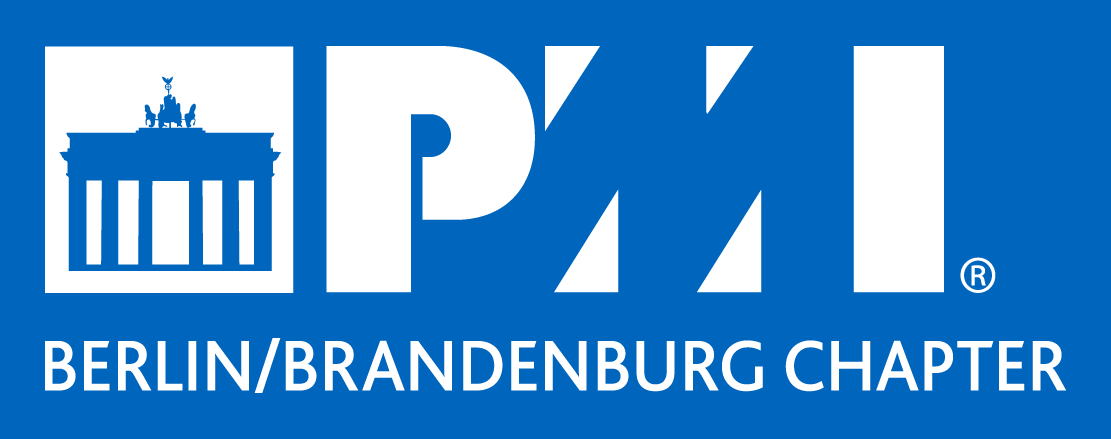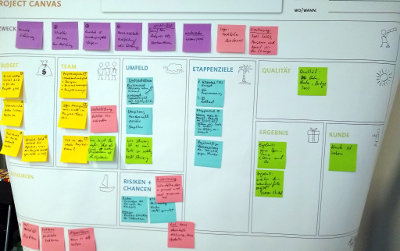 After Design Thinking last month there was one more interesting PMI Chapter Berlin/Brandenburg meeting Yesterday evening. In Berlin’s Chauseestraße, the creative rooms of meeet Mitte provided the perfect setting for Prof. Dr. Frank Habermann and Karen Schmidt. They started with a little exercise in which they showed how bad people are in finding out facts. Everyone makes a narrated story out of given data with the so-called “quick thinking” through interpretation and prejudice. In addition, everyone has their own technical view of the project. Misunderstandings are therefore the natural state and a common understanding must be explicitly established.
After Design Thinking last month there was one more interesting PMI Chapter Berlin/Brandenburg meeting Yesterday evening. In Berlin’s Chauseestraße, the creative rooms of meeet Mitte provided the perfect setting for Prof. Dr. Frank Habermann and Karen Schmidt. They started with a little exercise in which they showed how bad people are in finding out facts. Everyone makes a narrated story out of given data with the so-called “quick thinking” through interpretation and prejudice. In addition, everyone has their own technical view of the project. Misunderstandings are therefore the natural state and a common understanding must be explicitly established.
After a short presentation of their method “Project Canvas” four projects chapter members projects were chosen. The method was practiced in small workshops groups.
Afterwards, all met again in the pavilion to enthusiastically reflect on the findings. Frank Habermann and Karen Schmidt presented the conversation method “Thinkers Trio” together with a participant, talked about “Over the Fence” and celebrated five years of working with the project canvas method.
Congratulations!
Prof. Dr. Frank Habermann and Karen Schmidt offer with Over the Fence tools to systematically understand and improve projects. Several resources can be used freely under a Creative Commens license. These include the “Project Canvas” method and the Manifesto for slow thinking in Projects.
 The project map (project canvas) offers space for the standard key facts of a project. The findings and questions about the project are placed with Post-it notes. The Project Canvas method follows the principles of Design Thinking.
The project map (project canvas) offers space for the standard key facts of a project. The findings and questions about the project are placed with Post-it notes. The Project Canvas method follows the principles of Design Thinking.
The 42 question cards (these questions are also entered in Project Canvas) are already available in the fourth version. Through practical application, the collection of open-ended questions has been further improved over the last five years. They give the questioner authority and sharpen the image of the project. For example, a lack of responsibility or contradictory goals quickly become visible with the given questions.
The fact that each workshop participant works on only one part of the project canvas makes it easier. The process is progressing faster because not everyone in the group has to take care of all aspects of the project. And no area will be forgotten.
With formalized sentence introductions such as “I have understood…” and “I am unclear…” a turn towards common understanding is achieved and personal complaints, emotions or accusations are avoided.
In one hour, the view of all participants on the project is clearly sharpened and hidden problems are visible at an early stage.
It is important that the project owner is involved. If it is not, all participants have a common understanding of the project, but nothing else.